
Weesp walking route
27 February 2025
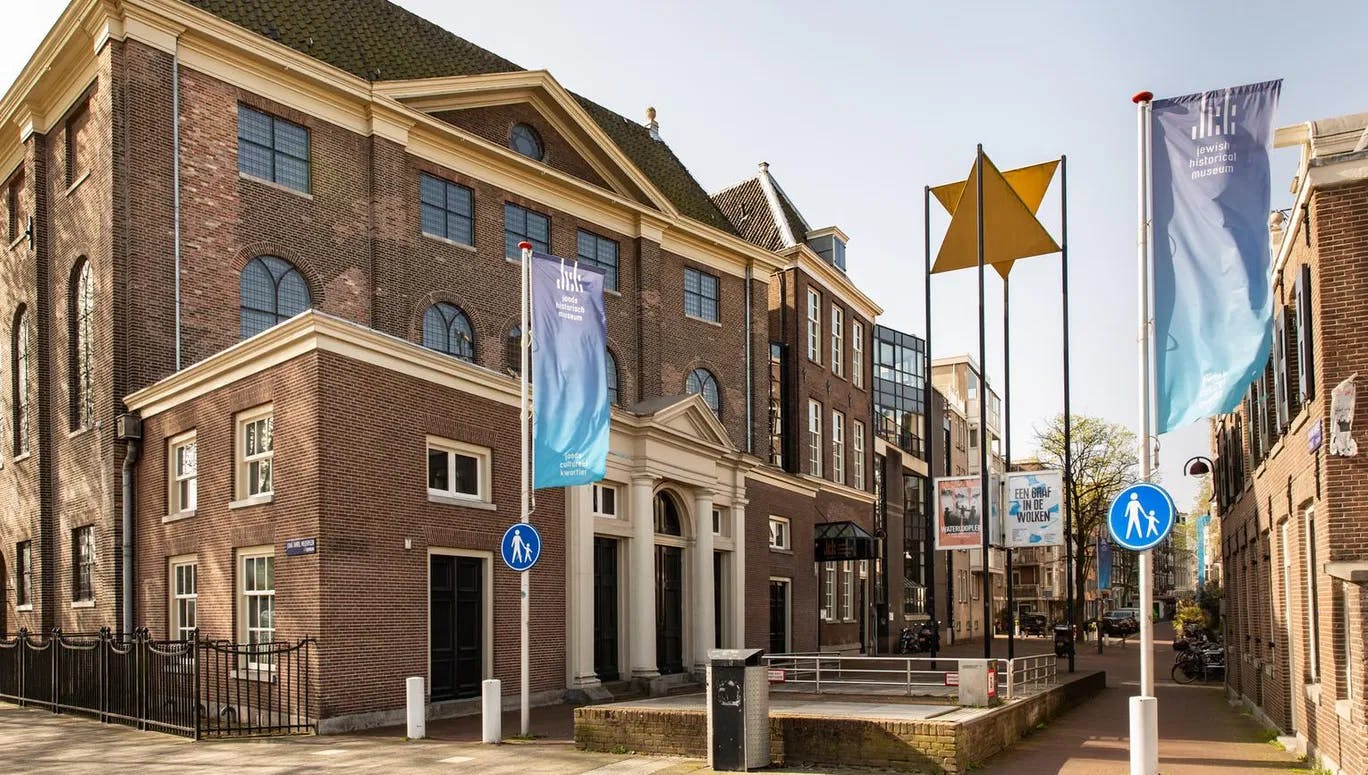
At the beginning of the last century, the neighbourhood between the Waterlooplein and De Plantage was still known as the Jodenbuurt; the district where many Jewish Amsterdammers once lived. The Jewish history of Amsterdam, Mokum in Yiddish, is still visible here. Today, it is referred to as the Jewish Cultural Quarter: where the Jewish Museum, the Portuguese Synagogue, the Hollandsche Schouwburg and the National Holocaust Museum are just a couple steps away from each other.
Nowadays when I look out of the Jewish Museum, I realise that so much has changed around me and in my life as an Amsterdammer. I used to visit Waterlooplein from time to time, but the only thing I recognise there now is the smell of second-hand clothing. After the Second World War, few Jewish residents returned, and then the area was subjected to rampant demolition and replacement. But the changes are ongoing. I also notice more and more new details or buildings. As a result, I am constantly rediscovering and re-evaluating the neighbourhood.
Liesbeth Bijvoet, business director of the Jewish Cultural Quarter
Bijvoet shares the must-sees during your visit to the Jewish Cultural Quarter.

Huis de Pinto is a former residence of a Portuguese-Jewish family. From 1975 to 2012, a branch of the Public Library was located here. Today, it is a literary and cultural gathering place. In addition to an exchange library, events are also organised here. "What’s great is that residents are fighting hard for this place. For example, they saved the building from demolition in the 1970s, and they wrote a plan about the zoning of the building in 2012. That plan has been approved, and Huis de Pinto is the result."

A little further on is the Pantheon Bookstore. It stocks books on various subjects, but since 2018, its first floor has been home to A la Carte, the most specialised travel bookstore in the city. "During the coronavirus crisis, we all started reading more. Because the bookstores had difficulty, they called on people to buy mainly locally. That's how I discovered Pantheon, a beautiful bookstore that is definitely worth a visit."
"The Uilenburgersjoel is one of the few remaining buildings from the once lively Jewish working-class neighbourhood. It is a beautiful building where not only concerts take place, but also weddings and other events." From 1766 to 1943, the building functioned as a synagogue, but it fell into disrepair after the war. It has now been transferred to the Uilenburgersjoel Foundation, eager to restore the Jewish character of the building.”

For over twenty years, the classic bagel has been sold here as it is loved in New York. The owner knows as he is from that city himself. Bijvoet: "For me, this is the place to go for a nice sandwich for lunch. My favourite is the bagel with cream cheese and smoked salmon."
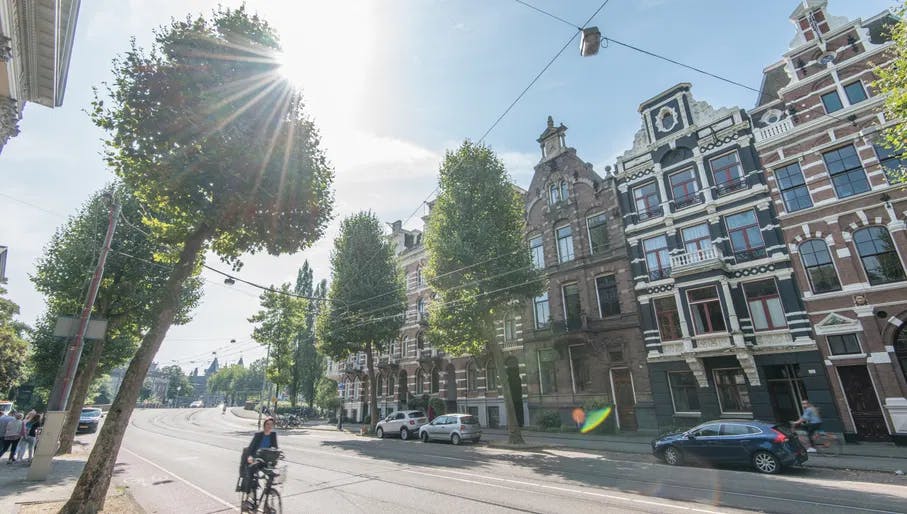
The Moses and Aaron Church originated as a secret church, but between 1980 and 2014, it was used for cultural gatherings rather than as a house of worship. Today, the beautiful building is again used as a Roman Catholic church, where much help and assistance is also provided to the poor, lonely and homeless. The church stands out among the ever-changing square. "It is such a recognisable building. I also like that the Portuguese Synagogue and the Roman Catholic Moses and Aaron Church are so close to each other."
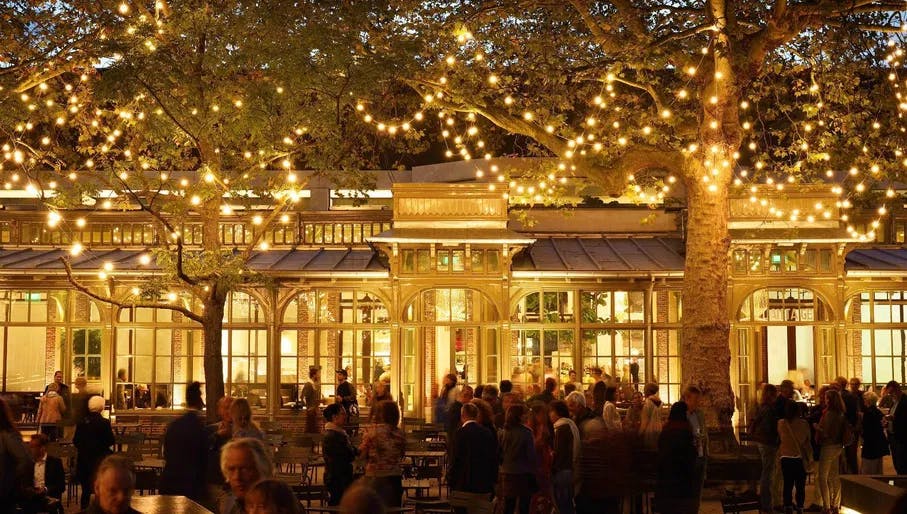
Café-Restaurant De Plantage is located in a historic building in the middle of the Plantagebuurt. The wooden beamed sunroom opens up a view onto the aviary filled with North Holland meadow birds and the Artisplein. "The place is certainly unique because of its proximity to Artis. But the food is also delicious! I enjoy dining here myself or with company."
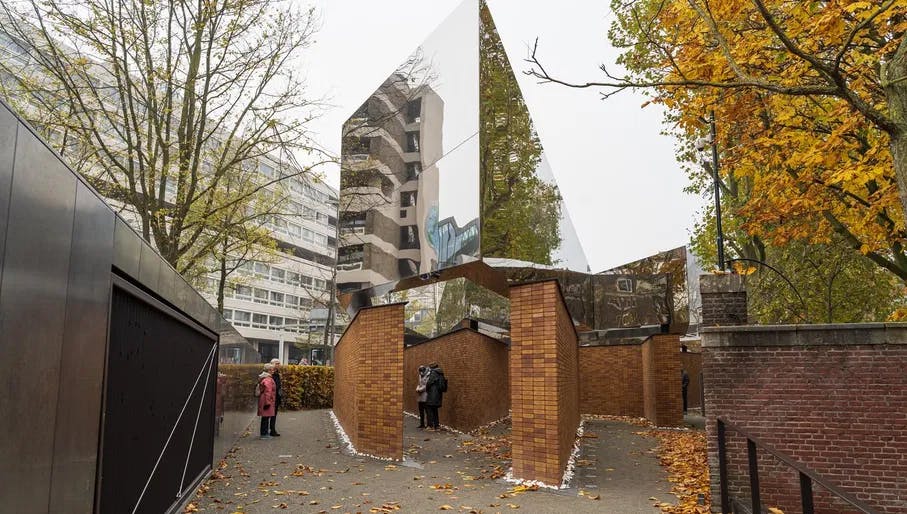
The National Holocaust Memorial of Names was unveiled in September. The memorial consists of 102,000 bricks bearing the names and dates of birth and death of those deported from the Netherlands and murdered during World War II. "It is such a beautiful and important monument. It clearly shows how many people were taken from us during this war."
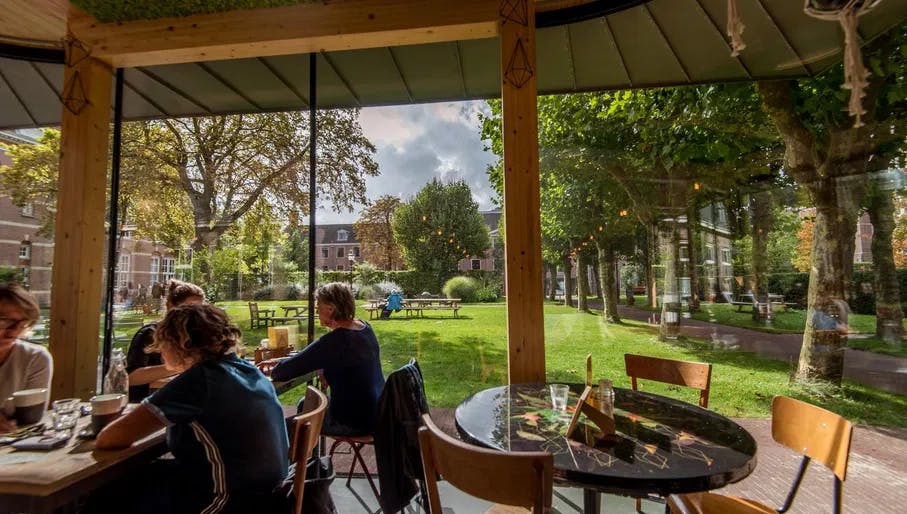
Dignita Hoftuin is located close to the Memorial of Names and is an unexpected rest point in the bustle of the city. You can have brunch inside the glass restaurant ('all day', so don't rush) with a view of the city garden and H'ART Museum on the other side. "Dignita Hoftuin is really a hidden gem."
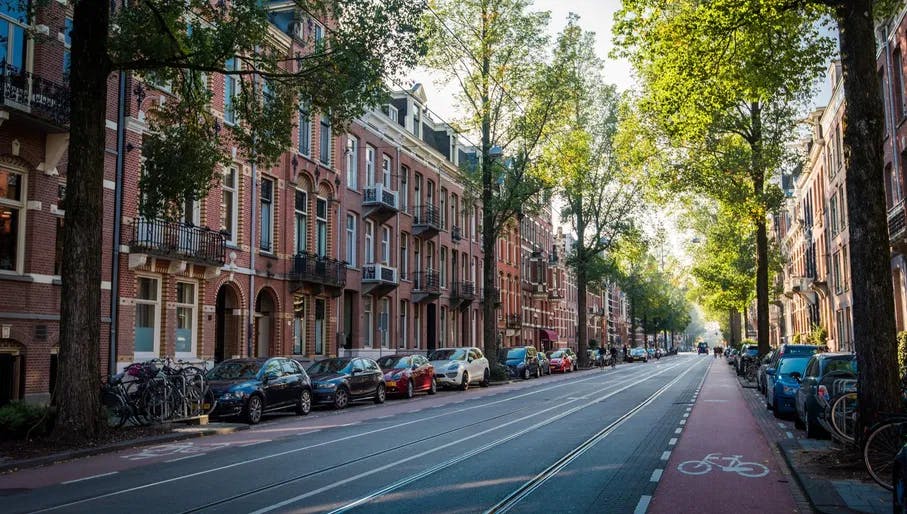
Weesperstraat was once the artery of the Jewish neighbourhood, called Wazepergas by the residents in Yiddish. After the war, the deserted street was demolished and rebuilt. For years, the street had to get wider and wider; the plan was even to turn it into a three-lane road. In the 1970s, people dreamed aloud about a modern boulevard from Amstel station to the IJ. Nowadays, it is the other way around: more and more people are looking at how the Weesperstraat can be made greener and less crowded. Weesperstraat has been narrowed near the National Holocaust Names Monument to give more space to the monument and pedestrians, making it a nice place to take a walk.
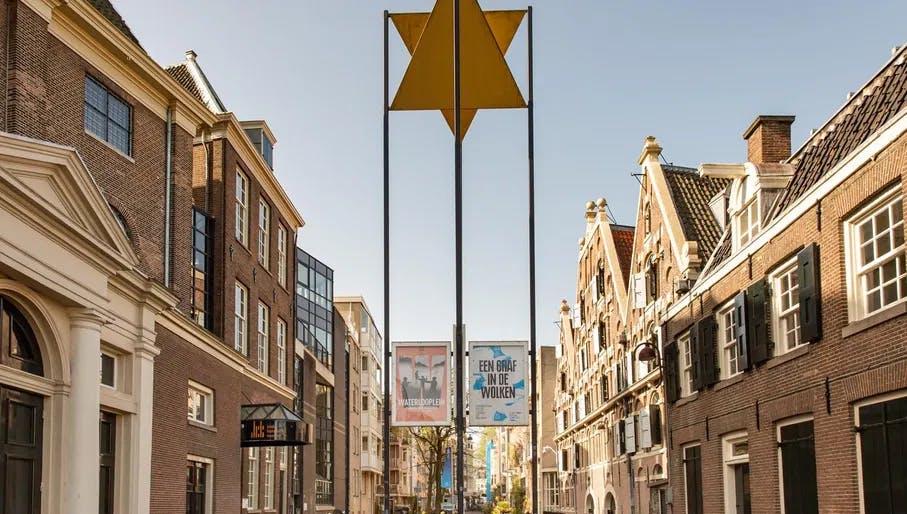
You can find the Jewish Museum, Hollandsche Schouwburg, Portuguese Synagogue and National Holocaust Museum sharing the Jewish Cultural Quarter near Waterlooplein and De Plantage. These places are reminders of the neighbourhood’s past, but they also teach you all you need to know about Jewish culture. The Portuguese Synagogue also houses Ets Haim, the oldest active Jewish library in the world.
Ready to take this route? Follow the route via the Komoot app where you’ll find walking directions, information on the highlights and an opportunity to share your pictures from the walk.
Liesbeth Bijvoet has been the Jewish Cultural Quarter business director since 2012. The Jewish Cultural Quarter includes the Jewish Museum, the Portuguese Synagogue, the Hollandsche Schouwburg and the National Holocaust Museum. As a result, she has been coming to this part of the city every day for nine years. Born and raised in Amsterdam, Bijvoet is intimately familiar with the significance of Jewish culture in our city.